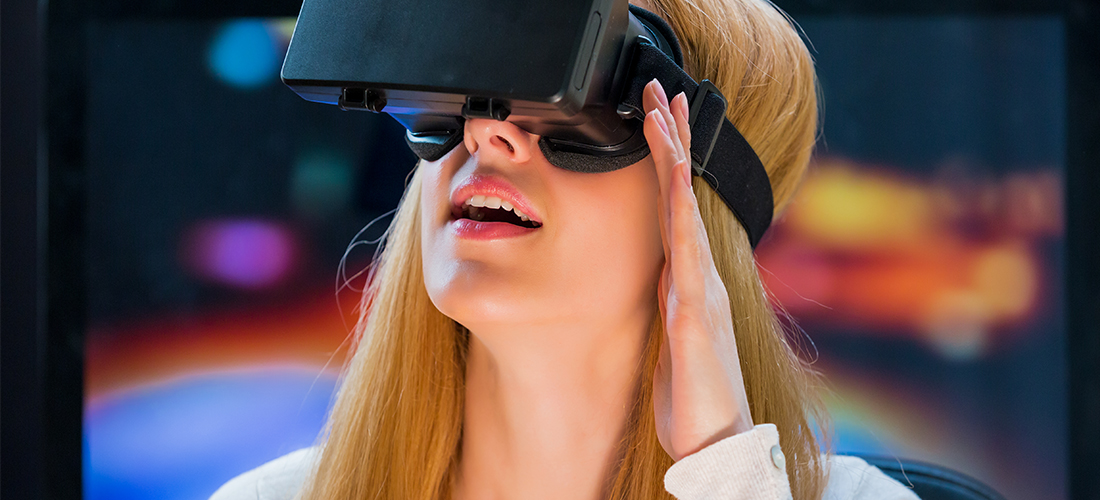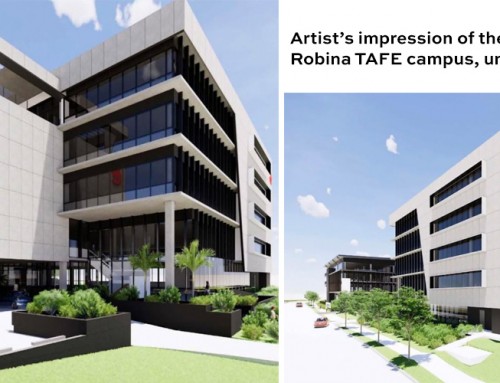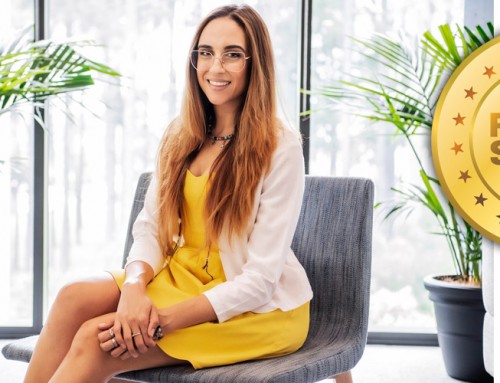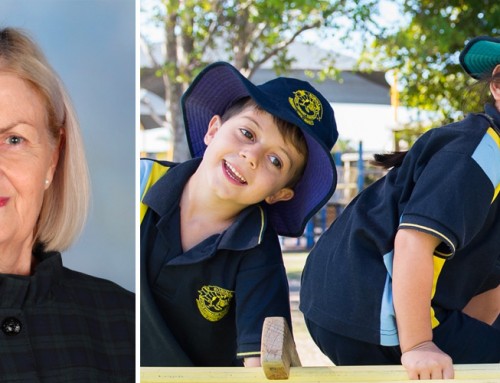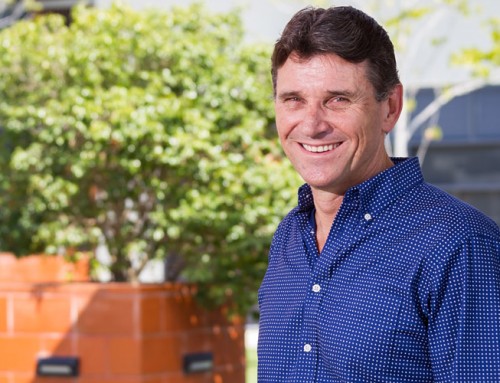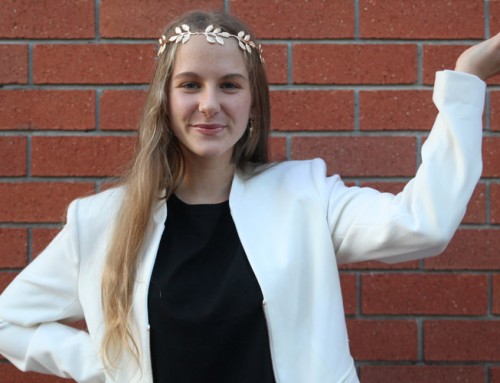In an Australian first, Bond University’s biomedical science lecturers are using the latest virtual reality (VR) and augmented reality (AR) technology available to enable their students to enter a virtual environment and experience the inside of the human body, and explore and learn human anatomy and physiology in a highly engaging and innovative way.
The apps and tutorials being taught in the ‘Virtual Reality Lab’ at Bond’s Faculty of Health & Medical Science were created collaboratively by the University’s own Health Sciences and Medicine staff, Dr Christian Moro, Dr Allan Stirling and Dr Athanasios Raikios.
Associate Professor Stirling, who is also a practicing surgeon, said the VR technology was the ideal teaching tool for a subject like anatomy.
“Anatomy by its very nature is a highly visual, three-dimensional subject which many students struggle to learn about and conceptualise from traditional two-dimensional textbooks, slides and lectures,” he said.
“Right now, the University is world-leading in its practical and active use of virtual, augmented and computer-based technology to expand the way we teach physiology and anatomy.
“We’ve created clinical anatomy podcasts, narrated by clinicians and surgeons, and embedded them in a custom software application we developed in-house to really expand the way that students can learn and make it more immersive, more engaging and provoke their curiosity.
“The app also takes students through a mini role-based game which includes some quizzes and interactive elements, so there’s a variety of different ways they’re visualising the anatomy and learning and making the link to what they’ve heard in the lecture theatre.
“This technology allows our students to explore anatomy in a three-dimensional sense, at their own pace, and is accessible so they can continue to interact with it outside the classroom – anytime and anyplace – on their personal mobiles, tablets and headsets.”
Assistant Professor Christian Moro said the new technologies had given academics a truly unique way to educate.
“One of the real benefits of using virtual and augmented reality is it empowers us as educators to provide students with a highly interactive and engaging experience where they can explore the virtual environment around them,” he said.
“By using the brand-new Oculus rift, Gear VR, and a range of different devices including Samsung tablets, phones and laptops, our students can actually be ‘inside’ the human body, travelling and looking around, learning about how the body works, what different bones and organs do, and how they are inter-related.
“It’s a great way to pique and satisfy their curiosity by exploring the human body from a different perspective – from the inside out – and at their own pace.
“For some parts of the body, such as the brain, it’s not as useful to be ‘inside’ looking around, so instead of Virtual Reality, we utilise an Augmented Reality app, which allows you to hold a ‘brain model’ in your hand, rotate it, and deconstruct it layer-by-layer, to fully explore the anatomy and physiology.
“Each app is accompanied by a podcast from our scientific experts and clinical specialists describing each various region of the brain and how it functions.
“We also combine the virtual models with real physical models of brains, skulls, bones as well as cadavers to help students fully understand the actual human body.
“We find the students are much more comfortable holding an actual skull once they’ve already had a guided tour in virtual reality.”
Bond Bachelor of Biomedical Science student, Ammar Zaka, said the ‘Virtual Anatomy Lab’ answered a lot of his questions and curiosities.
“It feels pretty incredible to be ‘inside’ the human brain, poking around, and learning things that just can’t be found in a textbook,” he said.
“I really respond to the combination of the hand-on experience, accompanied by the audio commentary from different experts. It gives me a much better feel for what the teacher is talking about, what’s important and why.”
Fellow Biomedical Science student, Emma Bishop said she enjoyed being able to interact with, and manipulate, the human body using the technology.
“I don’t really learn by listening. But when I can hold a brain in my hand, climb inside and outside, peel back the layers and spin it around, then go and read up more about it – that’s how I learn.”
Not content with keeping their new technologies within the four walls of the University, the academics are now taking their augmented reality workshops on the brain to Year 11 and 12 students at local Gold Coast secondary schools and colleges, so they too can have the chance to experience the human body ‘from the inside out’ and get a taste of the cutting-edge learning on offer at Bond. The technology has also been used in post-graduate training for trainee anaesthetists from around the Gold Coast.

